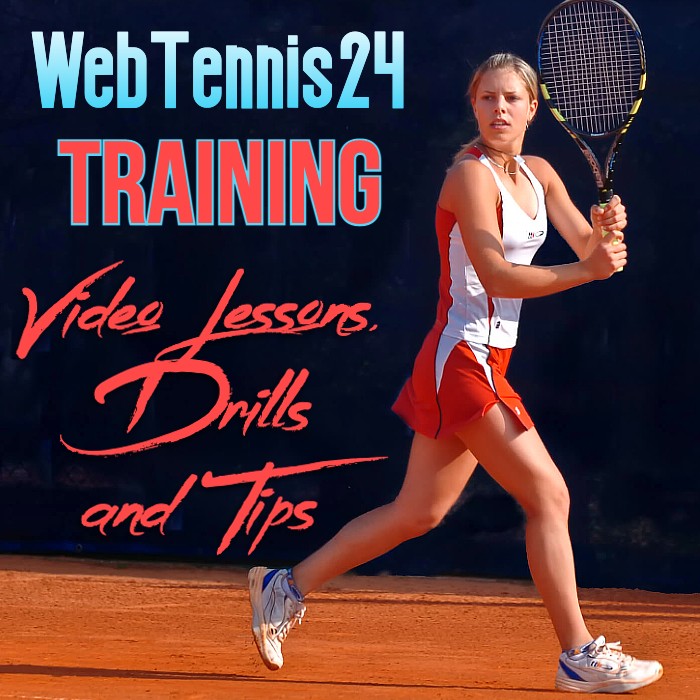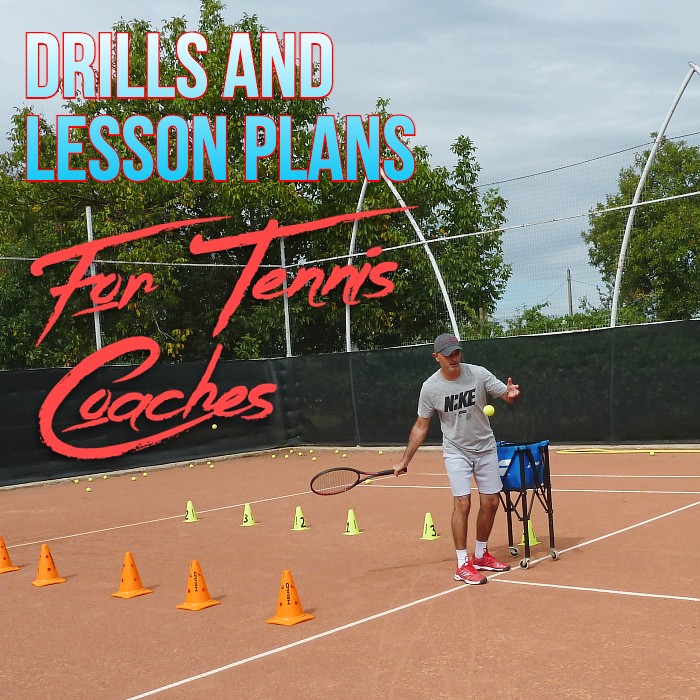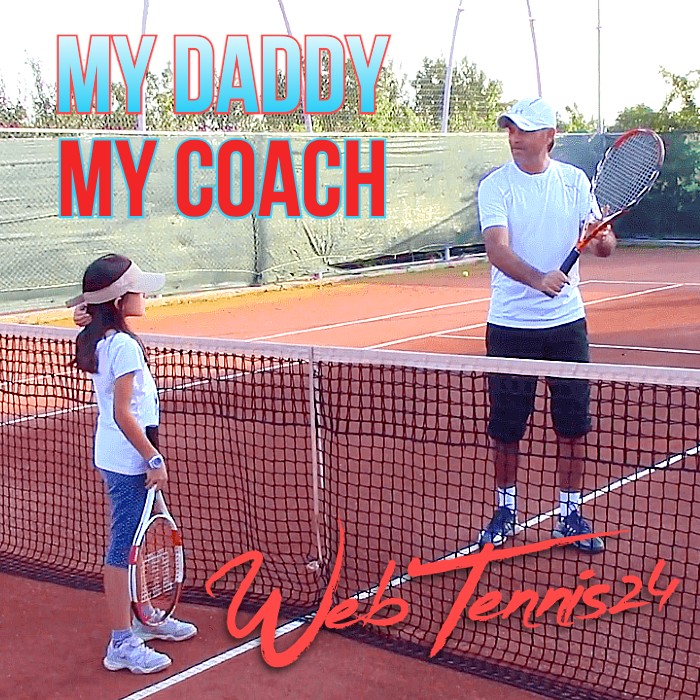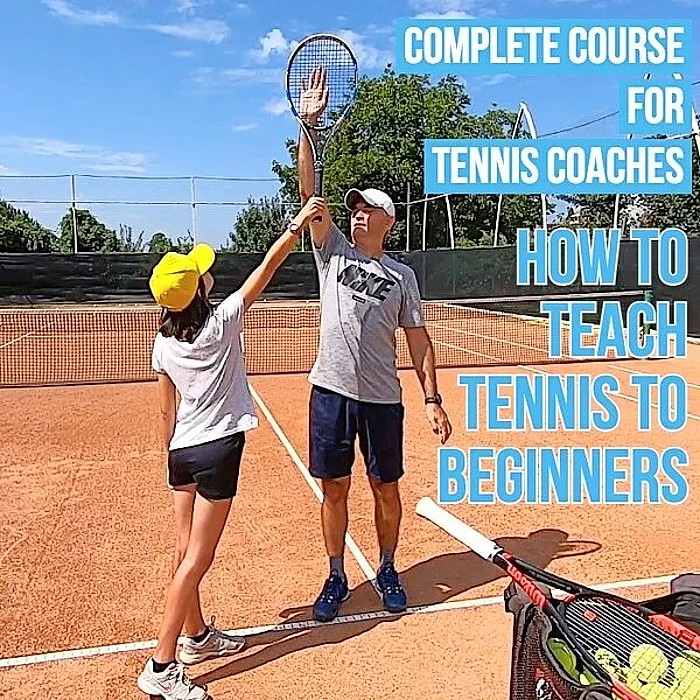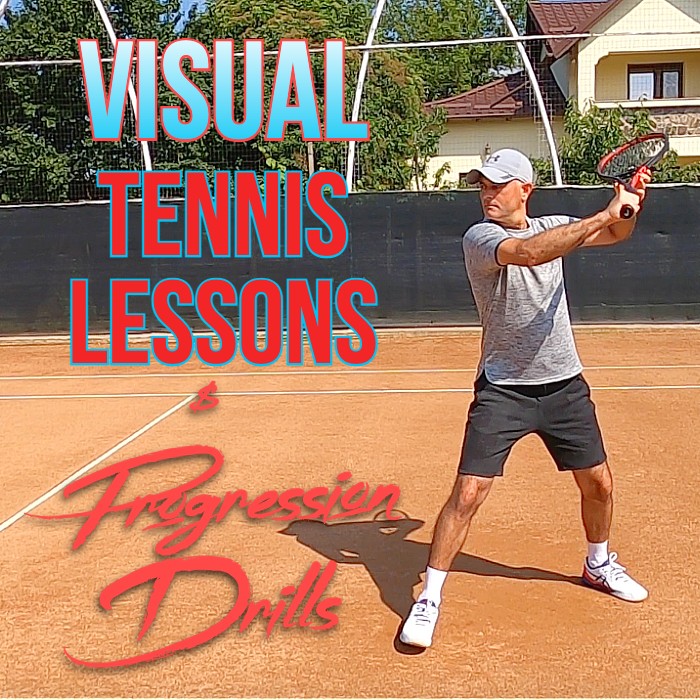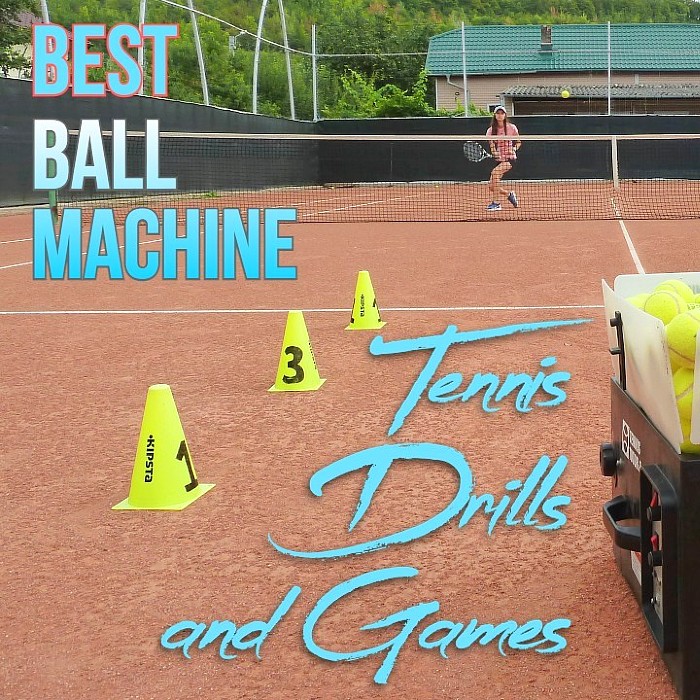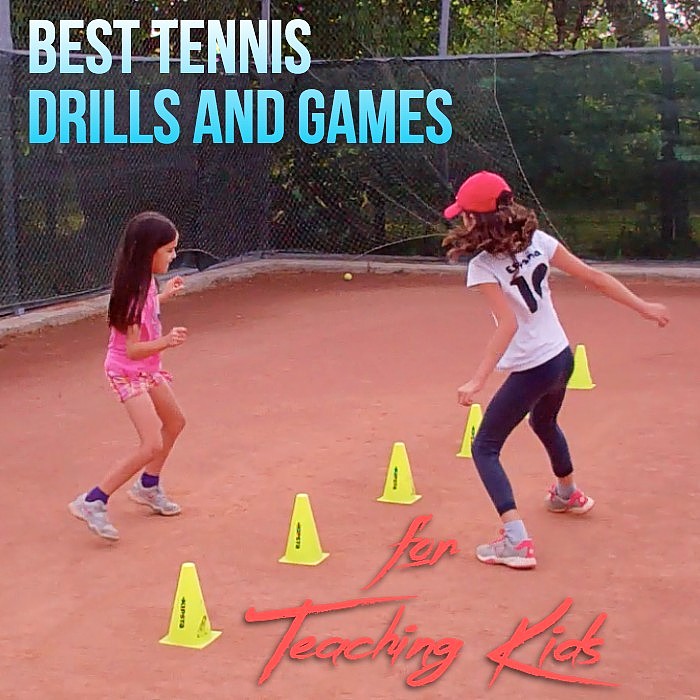How to Attack the Second Serve in Tennis
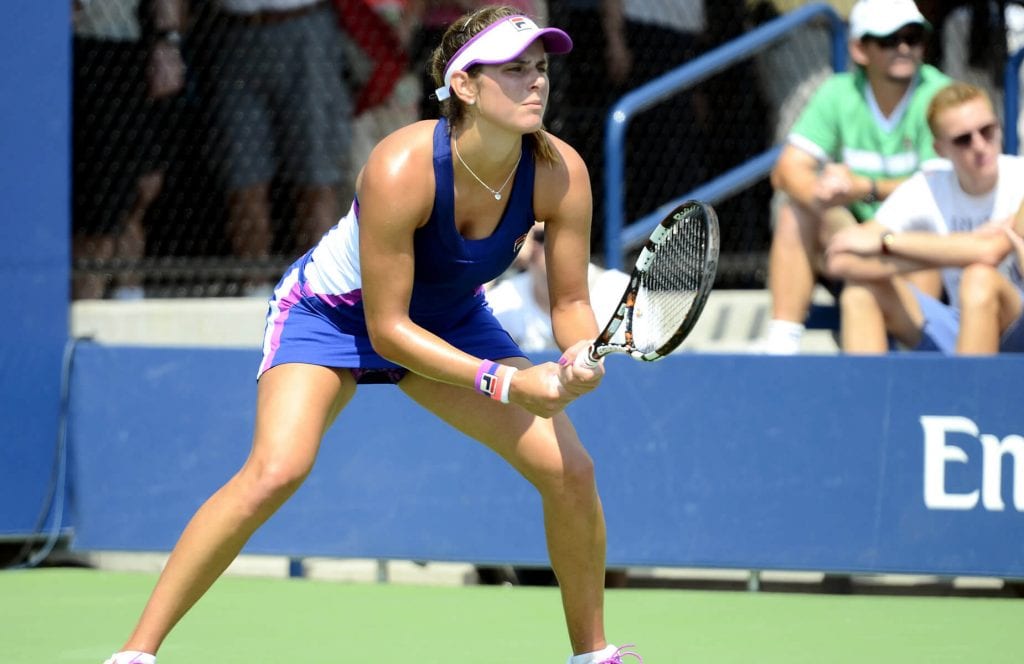
Returning a tennis serve is one of the most challenging aspects of the sport. A returner needs to be prepared to react quickly, analyze their opponent’s serve, and make the right decision in a split second. It is important to note that first and second serves should be treated differently. While the first serve can be challenging to return, it is just a matter of getting the ball in play. However, returning the second serve requires more thought and strategy.
Here are three essential aspects to consider while returning a second serve:
1. Psychological:
When an opponent misses their first serve, they become tense as they know that failing to deliver their second serve could result in a lost point. This is an opportunity to take control of the point, so stay focused, and watch for any signs of nervousness.
2. Technical:
Pay attention to your opponent’s serve tendencies. This is crucial to position yourself correctly for the return. Observe whether they hit the second serve hard or soft, what kind of spin they use, and whether they usually aim deep or short into the service box. This information will help you make better decisions on where to position yourself on the court, which wing to use, and whether to attack or defend the return.
3. Tactical:
Analyze your opponent’s serve placement and direction. Do they aim for your weak side? Do they try to keep it deep or just get it in play? This information will help you make more informed decisions during the return.
It is essential to be aggressive with your second serve return, and the best way to achieve this is to take the ball as early as possible and hit it to your opponent’s weak side. This puts pressure on your opponent, especially when they miss their first serve. Use your strong wing to hit the second serve return as often as you can. By doing this, you will take control of the point and put your opponent under pressure.
Remember, practice makes perfect. Try taking notes during the first two receiving games to better understand your opponent’s serve tendencies. By following these three essential steps and remaining focused, you will become a better returner and improve your chances of winning points.

Cosmin Miholca
Certified Tennis Coach
Check out my work at WebTennis24 where I share with you my best video tennis lessons, drills and tips for players, coaches and tennis parents.

